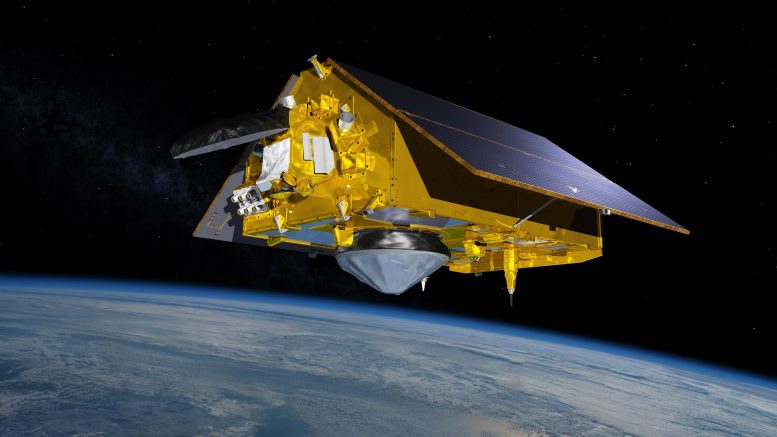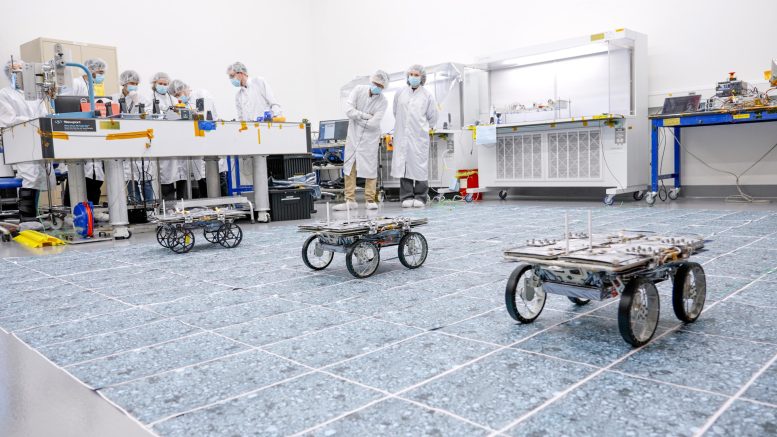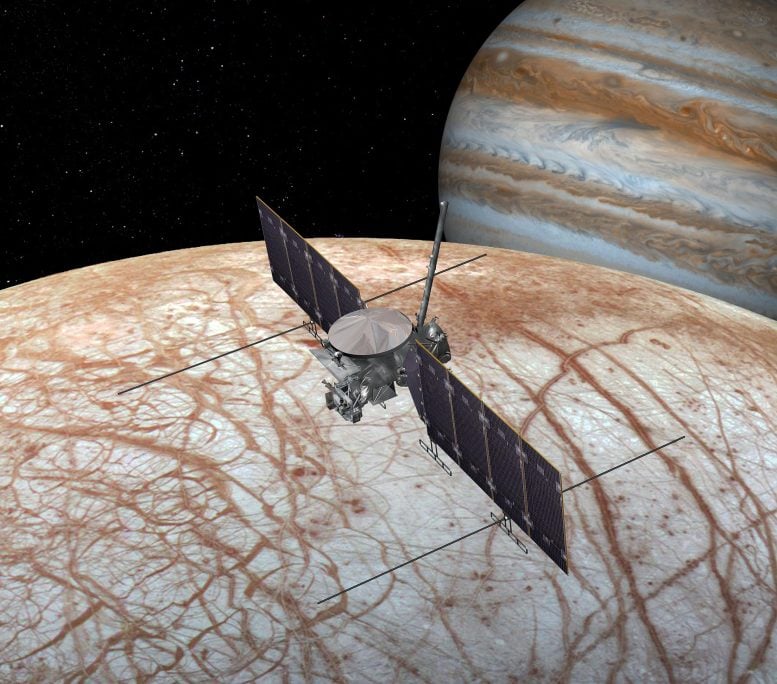
NASA JPL is diving into an eventful 2025 with ambitious space missions despite challenges like the Eaton Fire.
Exciting projects include the SPHEREx observatory mapping the universe, Lunar Trailblazer seeking water on the Moon, and the NISAR mission monitoring Earth’s surface changes. Meanwhile, Sentinel-6B will track rising sea levels, and the CADRE rover trio will test autonomous operations on the Moon. Quantum experiments on the ISS and the Europa Clipper mission are also advancing the frontiers of space exploration.
As 2024 fades into the past, NASA’s Jet Propulsion Laboratory (JPL) is already navigating a busy and eventful 2025. Early in the year, the Eaton Fire came dangerously close to JPL, devastating the homes of more than 200 employees. Despite the challenges, the team has remained focused, ensuring that mission operations continue smoothly and that upcoming launches stay on schedule.
This year, several high-profile missions under JPL’s management are preparing for launch. Many of these missions have been in development for years, and the launches represent just one step in their larger scientific journeys. Beyond these launches, JPL has a range of significant milestones planned as it continues its work for NASA under the management of Caltech.
Here’s what’s in store for JPL in 2025.

Mysterious Universe
Shaped like the bell of a trumpet and as big as a subcompact car, NASA’s SPHEREx space observatory is aiming for the stars. Known formally as the Spectro-Photometer for the History of the Universe, Epoch of Reionization and Ices Explorer, the mission will create four 3D maps of the entire sky in order to improve humanity’s understanding of the universe — how it expanded after the big bang, where ingredients of life can be found in ice grains, and much more. Target launch date: no earlier than February 27 from Vandenberg Space Force Base in California.

The Moon’s Icy Secrets
NASA’s Lunar Trailblazer aims to help resolve an enduring mystery: Where is the Moon’s water? Scientists have seen signs suggesting it exists even where temperatures soar on the lunar surface, and there’s good reason to believe it can be found as surface ice in permanently shadowed craters, places that have not seen direct sunlight for billions of years. Managed by NASA JPL and led by Caltech, the small satellite will help provide answers, mapping the Moon’s surface water in unprecedented detail to determine the water’s abundance, location, form, and how it changes over time. The small satellite will hitch a ride, slated for late February, on the same launch as the Intuitive Machines-2 delivery to the Moon through NASA’s CLPS (Commercial Lunar Payload Services) initiative.

Earth’s Changing Surface
A collaboration between the United States and India, NISAR is a major addition to the fleet of satellites studying our changing planet. Short for NASA-Indian Space Research Organisation Synthetic Aperture Radar, the mission’s name is a nesting doll of acronyms, and the spacecraft is a nesting doll of capabilities: The first spacecraft to carry both L-band and S-band radars, it will see surface changes related to volcanoes, earthquakes, ice sheet motion, deforestation, and more in unprecedented detail after it launches in a couple of months.

Sea Level
Targeting a November launch, Sentinel-6B will provide global sea surface height measurements — some of the most accurate data of its kind yet — that will improve climate models and hurricane tracking, as well as our understanding of phenomena like El Niño. A collaboration between NASA and ESA (European Space Agency), the spacecraft will take the baton from its twin, Sentinel-6 Michael Freilich, which launched in 2020. Together, the satellites are extending for another 10 years a nearly three-decade record of global sea surface height.

Moon Rover Trio
As a technology demonstration, the CADRE (Cooperative Autonomous Distributed Robotic Exploration) project marks another step NASA is taking toward developing robots that, by operating autonomously, can boost the efficiency of future missions. The project team at JPL will soon be packing up and shipping CADRE’s three suitcase-size rovers to Texas in preparation for their journey to the Moon aboard a commercial lander through one of NASA’s future CLPS deliveries. The rovers are designed to work together as a team without direct input from mission controllers back on Earth. And, by taking simultaneous measurements from multiple locations, they are meant to show how multirobot missions could enable new science and support astronauts.
Quantum Technology
Having arrived at the International Space Station in November, SEAQUE (Space Entanglement and Annealing QUantum Experiment) is testing two technologies that, if successful, could enable communication using entangled photons between two quantum systems. The research from this experiment, which gets underway in 2025, could help develop the building blocks for a future global quantum network that would allow equipment such as quantum computers to transfer data securely across large distances.

Gravity Assist to Reach Jupiter
Launched this past October, Europa Clipper will arrive at Jupiter in 2030 to investigate whether an ocean beneath the ice shell of the gas giant’s moon Europa has conditions suitable for life. The spacecraft will travel 1.8 billion miles (2.9 billion kilometers) to reach its destination. Since there are limitations on how much fuel the spacecraft can carry, mission planners are having Europa Clipper fly by Mars on March 1, using the planet’s gravity as a slingshot to add speed to its journey.
Never miss a breakthrough: Join the SciTechDaily newsletter.